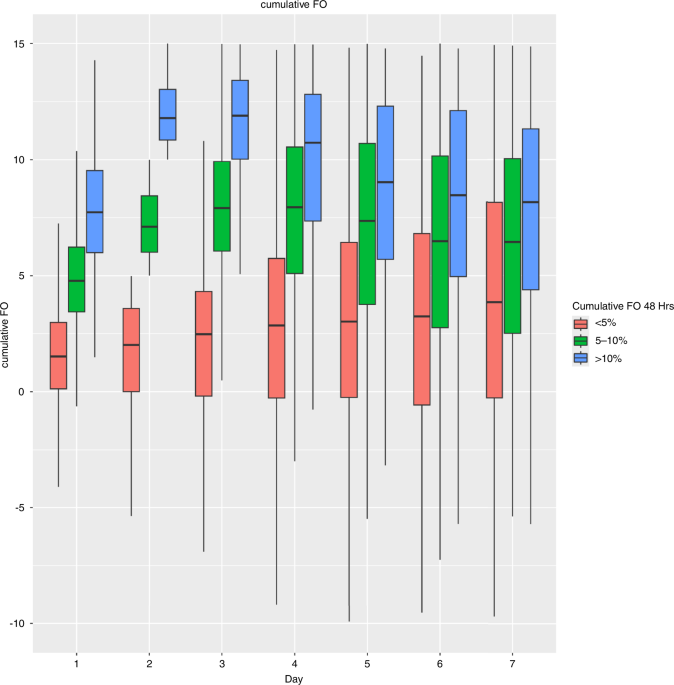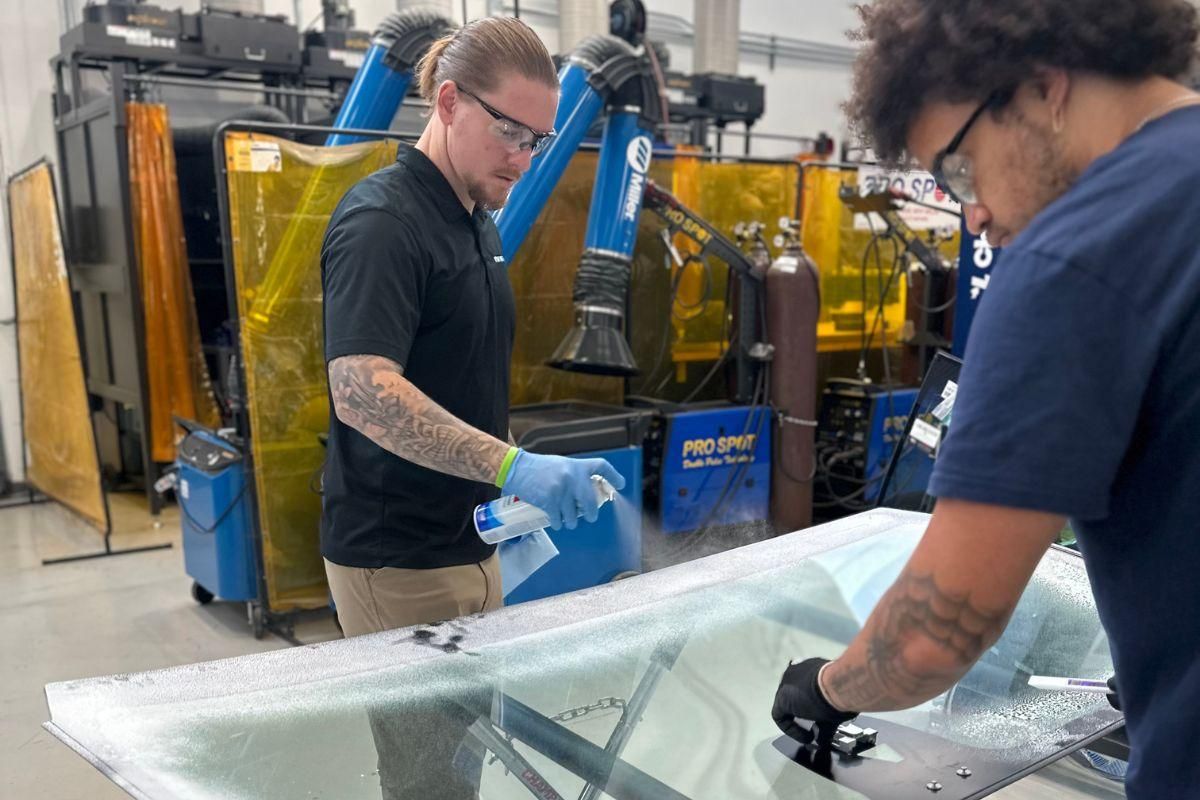The AI Education Gap: Why Schools Need Policies Now

Schools need clearer AI policies that support teachers and students.
gettyAmerican educators have rapidly adopted AI, but a critical gap has emerged: most schools aren't teaching students how to use these powerful AI tools responsibly.
Sixty percent of teachers now report using AI in their lessons, yet a stark disconnect exists between AI adoption and implementation. Survey data from the RAND American Educator Panels indicate that only 25% of teachers have integrated AI into their instruction, while 35% stated that their school has established guidelines for AI use, and 27% reported that their school has no AI rules in place.
This disparity reveals a concerning pattern across U.S. K-12 education: AI tools like ChatGPT are proliferating in classrooms without the necessary guardrails or educational frameworks to maximize their potential.
The numbers tell a story of individual innovation outpacing institutional planning. While three in five teachers experiment with AI tools, only one in four has moved beyond casual use to meaningful classroom integration.
Teachers describe using AI for lesson planning, generating discussion prompts, and creating differentiated materials. Some craft personalized math problems for students interested in sports statistics or business scenarios. Others use AI to translate materials for English language learners or generate reading comprehension questions at varying difficulty levels.
However, this experimentation often occurs in isolation. Without formal training or institutional support, educators navigate AI implementation through trial and error.
More than eight in ten schools operate without clear guidelines on when, how, or whether to use AI in educational settings.
This approach leaves teachers uncertain about boundaries:
The absence of guidance creates inconsistent experiences for students. AI use might be encouraged in one classroom, prohibited in another, and ignored entirely in a third—all within the same building.
The real challenge isn't AI adoption—it's educating about AI. Schools that rush to implement tools without teaching responsible use miss a fundamental opportunity to prepare students for a technology-integrated future.
Students require instruction on prompt engineering, understanding AI limitations, recognizing bias in AI-generated outputs, and maintaining academic integrity when utilizing AI assistance. These skills represent essential digital literacy for the next generation.
Some forward-thinking educators have begun incorporating AI literacy into their curricula. Students learn to critically evaluate AI-generated content, understand when human expertise remains irreplaceable, and develop strategies for ethical collaboration with AI.
Proper integration requires rethinking lesson design, assessment strategies, and learning objectives. It requires understanding how AI can enhance, rather than replace, critical thinking, creativity, and human connection in the educational process.
Teachers deserve clear direction and dedicated time to master these tools effectively. Professional development cannot be a one-time workshop or brief orientation. Instead, educators deserve ongoing training that recognizes the rapidly advancing capabilities of AI. This includes practical sessions on tool selection, classroom management with AI present, and designing assignments that leverage AI strengths while developing student capabilities.
Equally important is teaching students to develop discernment and ethical practices regarding the use of AI. Students must learn to critically evaluate AI-generated content, understanding when outputs may contain errors, bias, or inappropriate information. They need instruction on academic integrity boundaries—when AI assistance enhances learning versus when it undermines skill development.
Successful AI integration also requires teaching students to ask better questions. The quality of AI responses depends heavily on prompt engineering skills. Students who learn to craft thoughtful, specific prompts develop stronger analytical thinking than those who rely on basic queries.
Ethical considerations extend beyond cheating prevention. Students should understand AI's limitations, recognize when human expertise remains essential, and develop strategies for maintaining their own creative and critical thinking abilities while using AI as a collaborative tool.
Without this foundation of discernment and ethics, AI tools risk becoming crutches rather than enhancement tools that prepare students for responsible AI use throughout their academic and professional careers.
Schools that have successfully integrated AI share common characteristics: clear policies, comprehensive teacher training, and explicit instruction on responsible use.
These institutions treat AI as they would any powerful educational tool—with intentionality, preparation, and ongoing evaluation. They establish guidelines that protect academic integrity while encouraging innovation.
At WIT (Whatever It Takes), the educational organization I founded in 2009, we recognized early that AI adoption required proactive policy development and usage practices. This led us to create WITY, a platform that teaches AI usage with transparency and accountability. Our experience revealed how schools can effectively integrate AI tools while maintaining educational integrity.
Schools can either harness AI's educational potential through thoughtful implementation or allow haphazard adoption, which can undermine learning outcomes.
Three priorities emerge for educational leaders:
that provide clear guidance for educators and students while remaining flexible enough to evolve with rapidly changing technology.
that moves beyond basic tool familiarity to pedagogical integration and ethical considerations.
that educate students to utilize these tools effectively, responsibly, and with a comprehensive understanding of their capabilities and limitations.
The 60% adoption rate demonstrates educators' recognition of AI's potential. Now, schools must catch up with policies, training, and instruction that match this technological enthusiasm with educational wisdom.
Students deserve more than exposure to AI tools—they need education about how to wield them thoughtfully. The future workplace will demand these AI skills. Schools that act now to build responsible AI integration will prepare students for success. Those that don’t risk leaving graduates behind in an increasingly AI-integrated world. The AI technology has arrived in classrooms. The question now is whether schools will rise to meet the educational moment.











